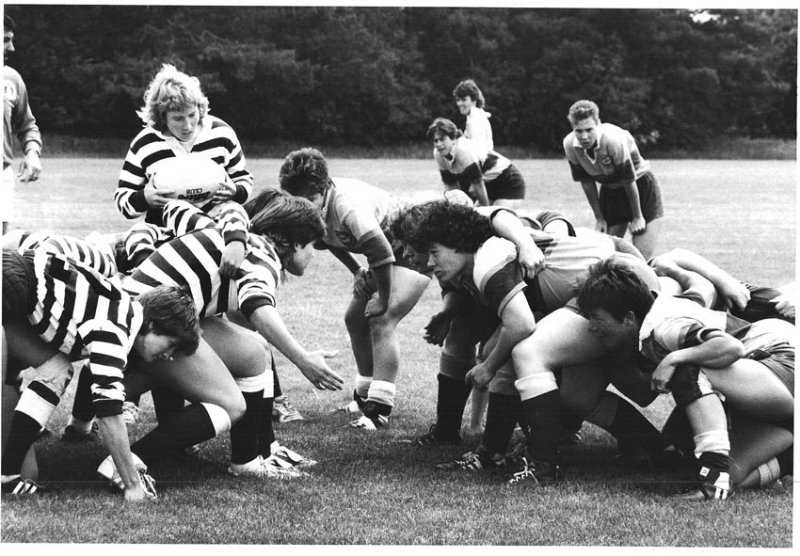Giorgio Piccinino is a sociologist, psychologist and psychotherapist. Partner of the Berne Center in Milan. Lecturer and supervisor for the graduate school of psychotherapy and the three-year Counseling Course. He is the author, among others, of “The Pleasure of Working. Journey into oneself to rediscover the passion of doing” (Erickson) and “Born to Love. Deterioration and reactivation of the affective drive” (Mimesis).
Author’s personal website: https://www.piccininogiorgio.it/mobile/

In this article
- Emotions as a source and as a vehicle
- Defense and contact
- The need for expression
- An alliance to heal
- Managing emotions so as not to succumb
- Conclusions
Working without succumbing in the face of emotions is a precisely indispensable necessity for anyone working in the helping professions, yet it seems to me that before we think about defending ourselves we should check whether we know how to live with emotions. There is a lot of talk about intelligence or emotional competence, but not always with due accuracy, what does it mean for caregivers to live with emotions and to know how to manage them?
Emotions as a source and as a vehicle
First of all, emotional responses are both the source and vehicle of decisions and behaviors taken under pressure and therefore greatly impact the lives of people “in distress.”
It is the universal basic emotions that make us act. Fear, anger, sadness, and joy (disgust and compassion are also basic emotions for some) have been stimulating immediate behaviors for millions of years; they are what make us more or less consciously choose protective or constructive actions geared toward our survival. Emotions are the ones who indicate to us that something or someone is preventing us from getting what we want or being what we want (anger), what threatens us (fear), what we are losing or missing (sadness), and what makes us happy and really good (joy).
They are what activate rationality, planning, creativity, as I said they are the source of our behaviors, but also their vehicle, in the sense that each of them has its own way of highlighting itself and communicating to ourselves and others what is happening to us.
In temporal terms, we first feel the pain and then decide what to do.
We shudder, we cry, we beat our hearts, we get out of breath, we laugh, we smile, we shut down, we attack, we insult, and this expresses and makes it clear what is happening much more clearly and evidently than any narrative perhaps constructed to make us like us or show us strong.
Defense and contact
So, let us imagine that patients, as we well know if we have their misfortunes narrated for real, do not invest us with their emotions. Caregivers are always attacked or even stimulated by patients’ emotions, even when those same emotions are chilled or conversely channeled into self-destructive reactions.
It is inevitable, and that is why before we think about defending ourselves against emotions we should learn to get in touch with them, sometimes even arouse them, then understand them and know how to manage them. The advantage is that if we know how to handle them we will never succumb.

The need for expression
The emotions expressed by patients are their real story, we should encourage their expression, bring them to the surface, bring them out precisely to understand what is “boiling in the pot” under the lids that many impose on you.
It may be shame, it may be modesty, it may be respectability, it may be that one should not play the victim, it may be that one should give a certain self-image, but how many especially hide fear and pain in suffering? What is meant to be narrated if not the emotion stirring “down there” that often, precisely because it does not emerge, ends up making life unmanageable?
And then emotions must be allowed to express themselves so that they can then be contained and not become despair, anguish or panic. Indeed, it is when they are exacerbated that emotions directly dictate behavior without passing the scrutiny of rationality.
Complicating the problem is also the fact that the emotions shown are not always genuine: think about how common it is for aggressive people to hide fear, some have always been forbidden to show their weaknesses, others are not allowed to ask for help, and still others water down their emotions with feelings in their imagination that are more acceptable.
It is usually fear that is hidden in dangerous situations although it is the natural, universal, automatic and archaic (and therefore in nature the appropriate) reaction to have. Is it not the emotion that most activates us to act in order to survive, and is not insensitivity and freezing the most passive human condition? What have mirror neurons served for millions of years if not to tune us to the reactions of other human beings and create belongingness and solidarity?
An alliance to heal
Only if we understand patients’ emotions can we then act or retroact in ways that are helpful to them. The physician does not have the role of modifying the patient’s history or his or her emotions; however, he or she can bring them out, can welcome them, contain them, direct them to the curative end, use them in short.
How helpful it is for those who suffer to feel welcomed in their weakness, to feel that those who care for you truly understand you, that they care for you precisely because they know what you are going through and, at least to some degree, can share your state.
It is not a matter of empathizing (another misused word) which is impossible since no one is able to feel the same emotions as another person, it is a matter of sharing, of being a participant with true compassion in the concerns and pain. Tuning in to ally and elicit alliance.
Emotional competence lies in knowing how to respond to different types of emotion (or feelings that are a more tenuous expression of it, but of cultural origin and therefore not at all universal) with the most appropriate specific responses. For example, manifestations of anger should always be responded to with seriousness and care, fear needs an attitude of solicitude and protection, in the face of grief and sadness one should show compassion. Not forgetting that joy should be shared and, albeit according to measure, solicited and rewarded with recognition.
The basic universal principle is that unpleasant emotions are such precisely because of their evolutionary purpose of signaling situations in which human beings enter suffering and therefore should never be considered negative, rather they should be welcomed as an expression and signal of a specific discomfort typical of that person.
Managing emotions so as not to succumb
With this in mind, as I said, it is obvious that these same emotions need to be contained when they risk escalating into unconscious aggressive or self-injurious acts, but for this not to happen it is necessary to let them flow and understand their meaning and severity. We cannot turn away or become indignant precisely when people express their true suffering. It is acceptance that helps to let the emotions flow out, to “take them out,” to reduce their intensity and impact on the reasonableness of thoughts. Only later, when the emotional energy drains out (and this always happens unless there is a psychotic crisis or major neurosis), can collaborative and rational responses be “demanded.”
The purpose of managing emotions is to reduce their passivizing or dramatizing impact in relationships and instead develop hope and positivity. I repeat again, emotions are stronger than rational thinking, contaminating it even dangerously irreversibly only when they are traumatic or persistent over time. So, those who work in the helping professions should have the ability to manage the emotions of others (but also their own) while maintaining the lucidity necessary to “decide” what general attitude to take on a case-by-case basis.
Managing emotions therefore means welcoming them and allowing them to emerge in order to maintain their natural function as an alarm and stimulus for action, with a solidarity and containment that avoids their exasperation. What is to be achieved is optimism, determination, trust in oneself and in the caregivers, collaboration, and harmony with loved ones, all of which have a decisive impact on cures or progress in treatment, but also on that existential well being that should accompany, whatever the course of the illness, the stay in the hospital or the return home.
Conclusions
To return to the initial theme: therefore, in order not to succumb to emotions, one must know how to manage them, not avoid them or defend oneself, or shield oneself and make oneself insensitive. Young physicians who are too involved are often told, “you’ll see that you get used to it, in a while you won’t pay attention to it anymore,” but that would be precisely the end of caring: objectification, protocol, indifference, and detachment end up being the dehumanization not only of the patient but also of the physician. It would be just a shame and unexciting to work this way!
